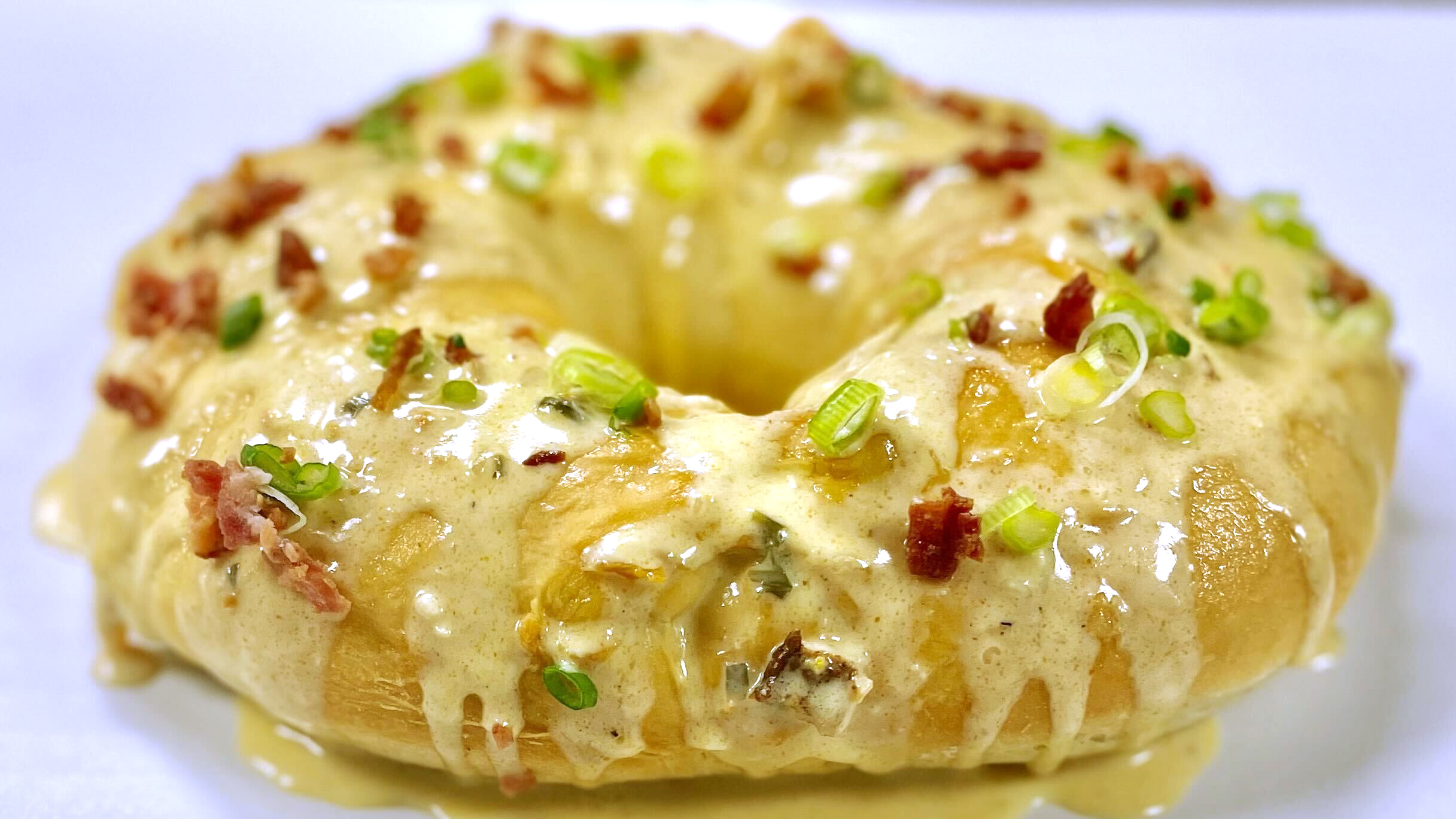The floats. The costumes. The parties. The beads. So many beads.
Mardi Gras is a long-standing tradition, filled with fun, families and often, a lot of booze.
But there's something really important about the season you may not know ... something that people in one part of the country have known for centuries.
Despite what you might have heard, Mardi Gras didn't get its start in New Orleans.
Mardi Gras actually began in Mobile, Alabama – a port city with close proximity to the Gulf of Mexico, located about 140 miles east of the Big Easy.
“By virtue of being established prior to New Orleans, Mobile was the first Gulf Coast settlement to experience the beginning of present-day Carnival," said Cart Blackwell, curator of the Mobile Carnival Museum. "Carnival with Mardi Gras, at its height, is Mobile, Alabama's greatest living tradition. Ever-evolving, yet embedded in the minds and hearts of Mobilians, it is a part of the city's landscape and spirit."
History of Mardi Gras
Mardi Gras was observed for the first time in the New World by French pioneers at Twenty-Seven Mile Bluff, the first settlement of Mobile way back in 1703. And it only grew from there.
In 1711, Carnival was officially born when a papier-mâché bull, in honor of Boeuf Gras (French, meaning 'Fatted (Gras) Ox (Boeuf)' -- a traditional 16th-century pre-Lenten feast), was pulled down the city's main downtown street in what is believed to have been the first Carnival “parade” in North America.
The first masked parading society, Cowbellian de Rakin, began in 1830 in Mobile.
Mardi Gras quickly becomes part of your identity in Mobile and it’s built into the fabric of the city itself.
Cart Blackwell, Mobile Carnival Museum Curator
"They encompass the fine art of sculpture, literary currents in their diverse array of themes, and the performing arts in the moves of some of the maskers on the floats," Blackwell said.
With that parade and an invitation-only formal ball, Mardi Gras was established.
Mardi Gras
Mardi Gras in Mobile
As Mardi Gras has evolved in Mobile, it has given the city a massive economic boost, resulting in a powerful quarter-of-a-billion-dollar windfall annually. Hundreds of thousands of visitors attend year after year, including those who grew up there but may have moved away since.
"Mardi Gras quickly becomes part of your identity in Mobile and it’s built into the fabric of the city itself," Blackwell said. "It factors how we live year-round. People [who used to live here] might not come home for Christmas or the Fourth of July, but they come home to celebrate Mardi Gras.”

Another aspect that makes Mardi Gras so special in Mobile is family.
"Family is the defining characteristic of Carnival in Mobile,” Blackwell said. “The most beautiful sight, no matter how many times you encounter it, is seeing children either standing on the lower rung of Mardi Gras barricades or atop a parent's shoulders calling out for throws while watching a parade. Seeing two, three, and sometimes four generations of the same family enjoying being with one another is the icing on an already frosted cake."

During each parade, spectators lining the parade route catch throws from the krewes' floats, ranging from doubloons (coins), colorful beads, plastic cups, stuffed animals, candy and the unofficial symbol of the celebration, MoonPies (marshmallow sandwiched between two soft graham cracker-type cookies covered in various flavors of chocolate).
So remember, even though New Orleans is well-known for its Mardi Gras celebration, make no mistake, its home is in Mobile, Alabama. And if you ask anyone from there, they'll be sure to tell you.
ONLINE: Mardi Gras Terminology | What Is King Cake? The Story Behind the Mardi Gras Dessert



